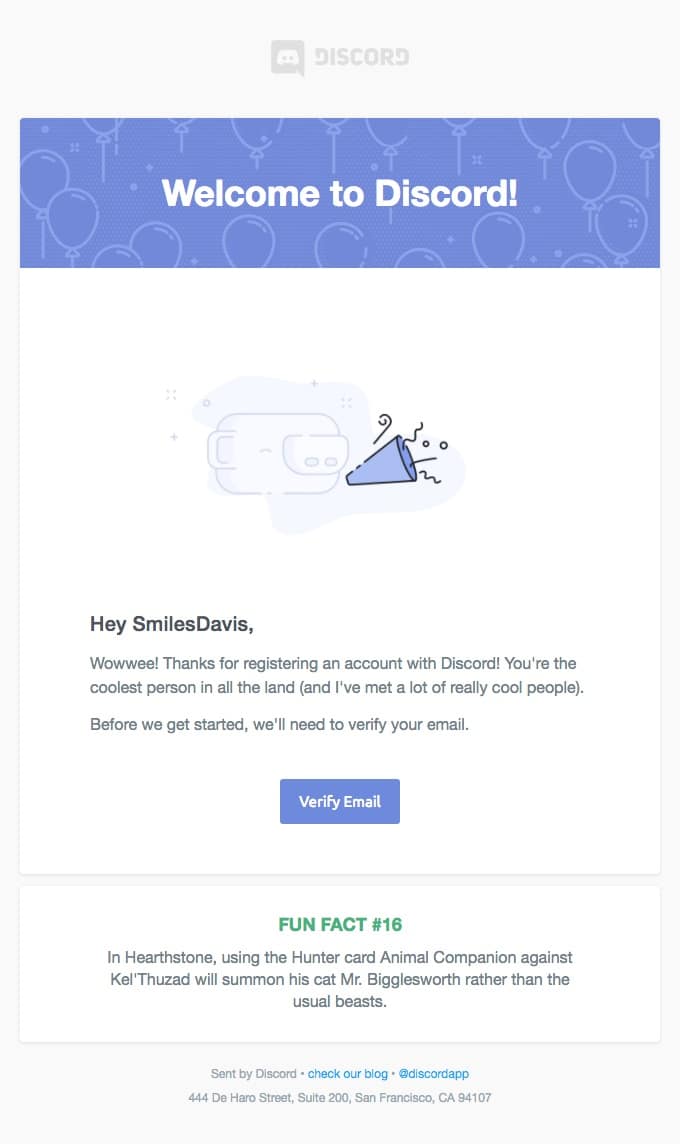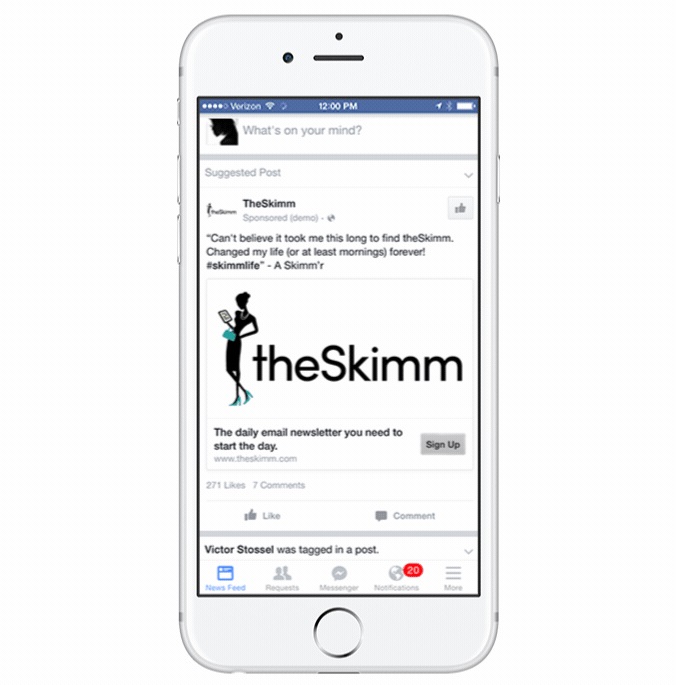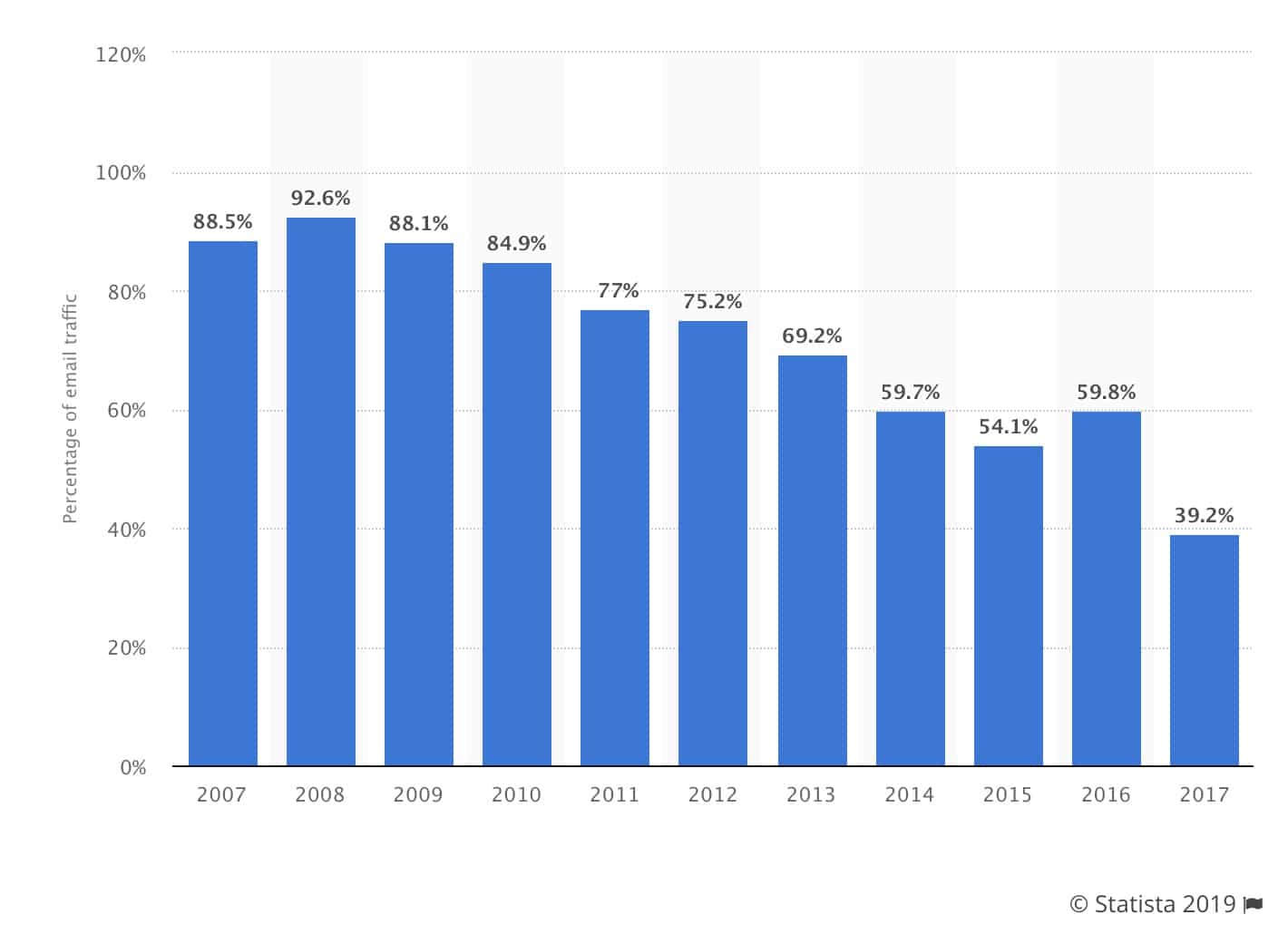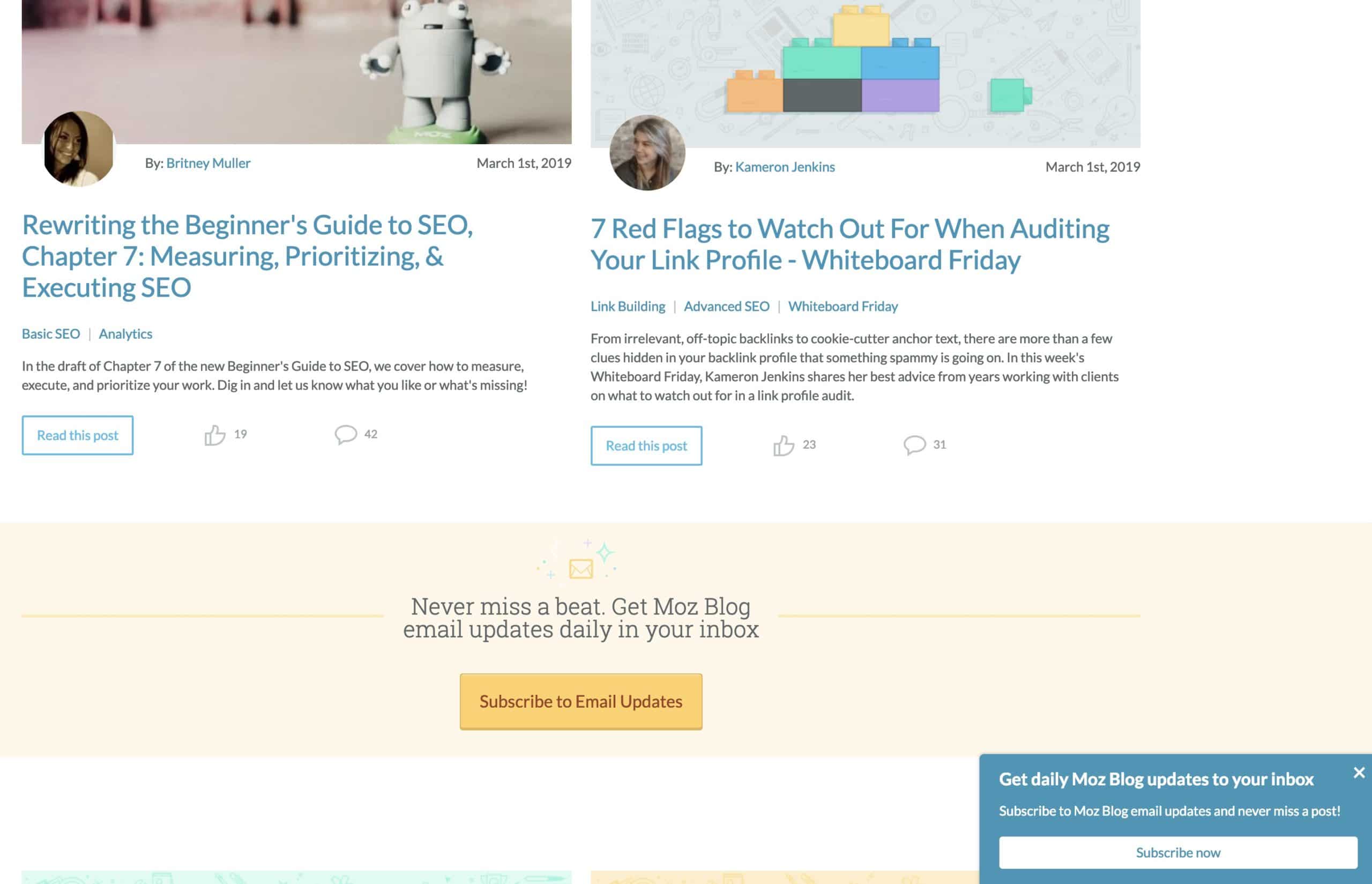5 Reasons why you shouldn’t buy an email list for marketing

We both know that email is still one of the most popular and effective tools for digital marketers. It provides a method to connect with new leads as well as existing customers in an informal and yet personal way. It’s no wonder that email has the best ROI of any marketing initiative.
But that success can be a double-edged sword. The better you do, the more is generally demanded of you. Your sales teams might ask for even more qualified leads. Or your executives want more revenue from your initiatives.
With all of this pressure to build email lists and improve performance, you might be thinking about purchasing a contact list. After all, why spend the time and energy to build up your list when you can easily pay for one, right? Wrong.
In this post, we’ll explain why you should never buy an email list for marketing and we’ll give you some suggestions on how to build your contact list organically.
Here are five reasons why you should never buy an email list for marketing.
1. The list quality likely isn’t very good.
Email addresses and lists are constantly changing and updating. Even clean lists can go out of date quickly. It’s believed that about a quarter of your email list will decay in a year, but that number could be closer to 50% for B2B marketers.
There’s no way of knowing how old the data is that you’re receiving with a purchased list. If it’s three years old and you consider the statistics above, that means that anywhere from about 60% to 85% of your list could be bad.
2. Your email performance will be below average.
If your list quality isn’t good, your email performance will suffer as a result. Purchased lists are notorious for including contacts that include bad domains or outdated email addresses. If you try to send to these contacts that don’t exist, you’ll notice an immediate spike in your email bounce rate. That spike is a cause for alarm because it can lead to more substantial problems down the road.
Even the emails that make it into inboxes will likely not perform well. All industries have different benchmarks to measure email success. But in most marketing emails you’re looking for an open rate between 15% and 25%. However, if you’re blindly emailing a contact that has never heard from you before, chances are they aren’t going to open your email.
Your click-through rates will also suffer when you use a purchased list. The average CTR is slightly above 4%. And that’s for automated customer journeys that include segmentation and personalization to deliver timely content to your customers when they expect it. If you start including an audience that doesn’t know you, that number will plummet.
3. Purchased email lists lead to higher spam complaints.
Buying an email list for marketing can help increase one of your metrics, but it’s an increase you never want to see. When you send emails to contacts who have not consented to receive them, they’re more likely to mark them as spam.
Spam has been a major email marketing problem for many years. Over the past decade, spam accounted for as much as 88% of total global emails. That number has dropped significantly since then, but in 2017, roughly 40% of all emails were still spam.Source: Statista
4. There are legality issues with purchased lists.
If the performance risks aren’t enough to convince you never to buy an email list for marketing, then consider the legal issues you might face if you email this group.
Rules surrounding email consent and transparency of data became much stricter after GDPR went into effect in 2018. Under the new law, businesses must require an opt-in option for all contacts who provide their email addresses and other personal data. If they don’t opt in, then you aren’t allowed to email to them.
Emailing without consent is also a violation of the CAN-SPAM Act. If you’re caught violating the rules here, you could face a hefty fine—up to $42,530 for each email. So, the cost to buy an email list could jump significantly for your company if you’re hit with a penalty.5. Most email service providers won’t let you send purchased lists.
Finally, most reputable email service providers won’t let you upload and send to purchased lists. These companies have strict anti-spam policies that require you to opt-in all of the contacts that you are emailing.
Your account could be suspended if you don’t follow the rules.
3 alternatives to grow without buying an email list
Bigger isn’t always better. When building your email lists, you should strive for quality over quantity. It might take you longer to grow your list, but you’ll have more engaged contacts that’ll improve your email performance and revenue.
Here are three simple ways to grow your list naturally.
1. Use opt-in forms.
One of the easiest ways to grow an email list is with a simple sign-up form on your homepage or landing pages.Source: Moz
This great example from Moz’s blog has a banner on their page with a simple CTA button. The blog also has a small, unobtrusive pop-up asking readers to take the same action.
If you want to qualify your contact list, require a double opt-in on these forms. In this case, immediately after someone fills out the form, you should have an auto-response email set up to go out that will ask them to confirm their email address.

Source: Really Good Emails
Sign-up rates will slightly drop off with this extra step, but the people who remain on your list are more likely to be engaged with your future emails.
2. Leverage social media.
You can also use social media to collect email addresses for your email lists. News and information site theSkimm used Facebook lead ads to target potential new subscribers with an email sign up form.
The campaign resulted in a 22% increase in lead quality and cost less than $2 an acquisition.

Source: Campaign Monitor
This method is great to try because you can use Facebook’s robust targeting features to put your sign up form in front of your ideal audience instead of waiting for them to come to your site to sign up.
3. Collect email addresses at events and trade shows.
There’s nothing wrong with collecting email addresses the traditional way. Next time you are at a trade show or networking event, put out an email sign-up sheet and a pen.
You might be surprised at how many people provide their information, especially if you offer an incentive.
Wrap up
Buying an email list for marketing might seem like an easy way to quickly grow your contacts, but the benefits are too good to be true.
Using a purchased list can:
-
Hurt your email performance
-
Increase your risk of being labeled as spam
-
Get your account blocklisted
-
Serve as cause for legal action
Instead of buying an email list for marketing, follow basic opt-in best practices to build your email list naturally. Add a signup field on your website and promote on social media. Reach out to people who engaged with you at events or conferences. It may take longer to grow your list, but you’ll have more engaged contacts, which is better for your business in the long run.
Are you looking to start collecting contacts for your email campaign? Sign up for a free demo today, and we’ll show you how you can build a successful email strategy without relying on purchased lists.MOST RECENT ARTICLES
Want to engage your audience and grow your brand? Try Emma's robust easy-to-use product today.














